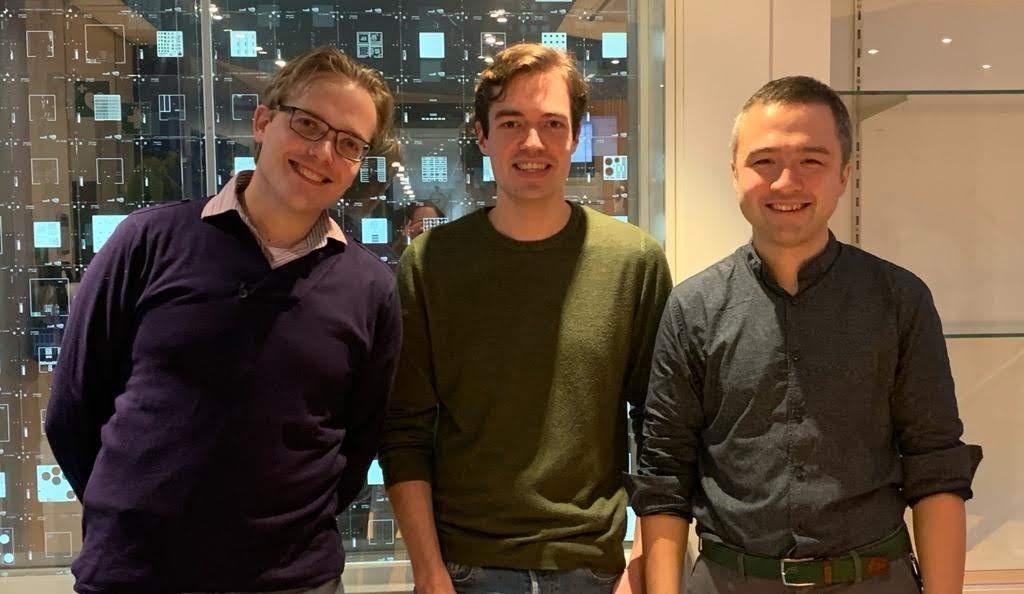Terahertz Astronomy with Novel DiElectric Materials (TANDEM)
Astronomical signal detection is one of the most extreme areas of XG (Next Generation Sensing and Communication), requiring passive remote sensing of power on the order of 10E-20 W. Indeed, the quest to detect the faintest signals from the most distant objects in our Universe involves a continuous push in what humans can observe. For example, the observation that the arrival rate of photons from a star between two telescopes are correlated (Hanbury-Twiss effect) initiated the entire field of quantum optics, and the development of microwave kinetic inductance detectors (an element of the proposed study) has inspired the quantum computing community to use superconducting microwave resonators for multiplex the readout of their qubits. In such cycles of development, curiosity-driven research and real-world applications are undividable.
On-chip superconducting electronics are revolutionizing the fabrication of astronomical radiation detectors and spectrometers both in the optical, near-infrared and far-infrared. It is also the key technology for transmon qubits, which are the most promising building blocks for Quantum computers. They all use the fact that, in theory, superconductors have extremely low loss at very low temperatures and for frequencies up to the gap frequency. For example, NbTiN should have a loss tangent tan δ < 10-6 for any frequency below 1.1 THz. All these devices are now predominantly using coplanar waveguide (CPW) structures on crystalline substrates, such as intrinsic Si or Sapphire, because only these materials have loss tangents comparable to the superconducting films. However, the radiation loss of CPW structures become too high in the submillimetre band, limiting the performance and scalability of the devices. All these devices would benefit enormously from the availability of a high ε (~10) dielectric that can be deposited on top of a superconducting ground plane to form, with a superconducting top electrode, an ultra low-loss microstrip. The goal of this project is to develop these dielectrics, characterize them in mm band, and understand the origin of the dielectric losses.


Project data
| Researchers: | Akira Endo, Sten Vollebregt, Bruno Buijtendorp, Jochem Baselmans |
|---|---|
| Starting date: | March 2020 |
| Closing date: | February 2024 |
| Contact: | Sten Vollebregt |